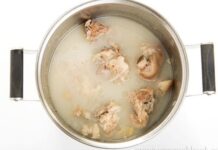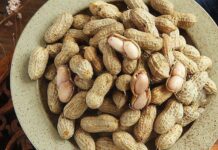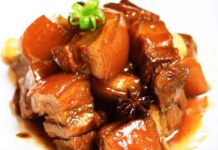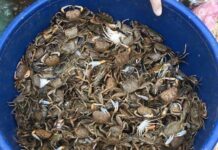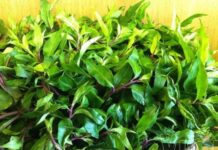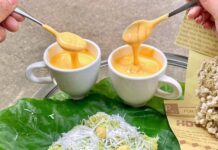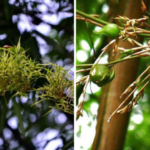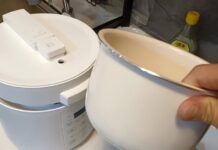The Flycatcher, an intriguing plant with an unusual talent for capturing flies and ants, is also surprisingly easy to cultivate. Additionally, it has medicinal properties in traditional Eastern medicine, aiding in the relief of certain human ailments. Join us as we delve into the fascinating world of this unique plant and its many wonders!
1 What is the Flycatcher Plant?
Origin and Significance of the Flycatcher
The Flycatcher, also known as the Venus Flytrap or Dionaea muscipula, is a carnivorous plant native to the subtropical wetlands of the East Coast of the United States, specifically North and South Carolina.
 The Flycatcher, native to the United States
The Flycatcher, native to the United States
This remarkable plant derives its name from its unique leaf structure, which forms a trap that ensnares insects. Today, it can be found in various parts of the world, including Vietnam, where it is commonly grown in provinces such as Vinh Phu, Hanoi, Quang Ninh, Thanh Hoa, and Nghe An. Many people cultivate the Flycatcher to control pests in their homes and gardens, while others admire it as an exotic houseplant.
Characteristics and Classification of the Flycatcher
The Flycatcher is a slender plant with a smooth stem, typically growing to a height of 5-30 cm. Its leaves are flat with a heart-shaped edge, and the ends of the leaf blades form two lobes joined at the midrib, creating a trap-like structure. These lobes are capable of rapid movement and will snap shut as soon as prey triggers them. The outer edge of the lobes is lined with long, stiff hairs that interlock to keep the trapped insect inside.
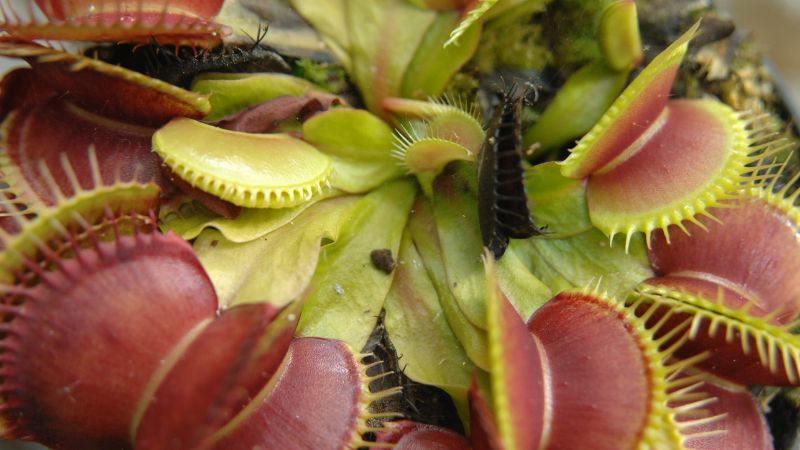 The Flycatcher’s unique trap-like structure
The Flycatcher’s unique trap-like structure
The flowers of the Flycatcher are a delicate shade of purple, long and small, blooming around March and April. However, the most fascinating feature of this plant is undoubtedly its leaves, which form a functional trap to capture prey. When an insect crawls onto the leaf and touches the sensitive trigger hairs, the leaf snaps shut, and once it receives five triggers, it begins to digest the trapped insect. This mechanism prevents energy wastage and ensures the plant only digests live prey.
2 Benefits of the Flycatcher
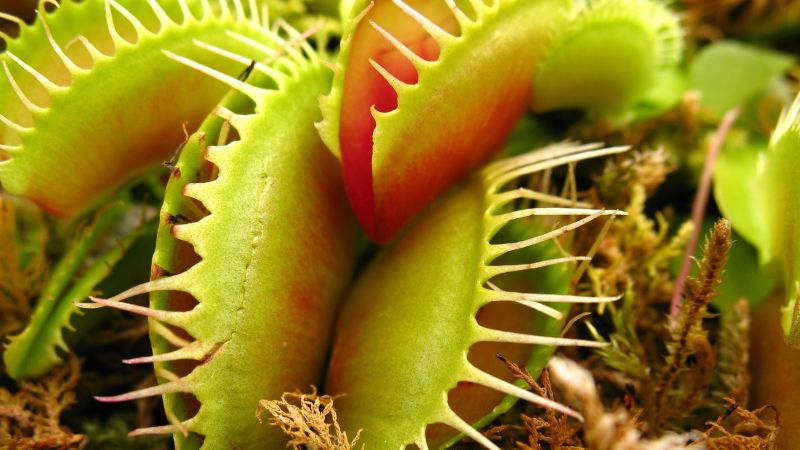 Benefits of the Flycatcher
Benefits of the Flycatcher
Aside from its pest control capabilities, the Flycatcher boasts medicinal properties, offering relief from convulsions and aiding in the treatment of coughs and seizures due to its cooling properties, bitter taste, and nutritional content. Additionally, in Cambodia, this plant is used to create medicine to treat fungal infections.
3 Growing and Caring for the Flycatcher
How to Grow the Flycatcher at Home
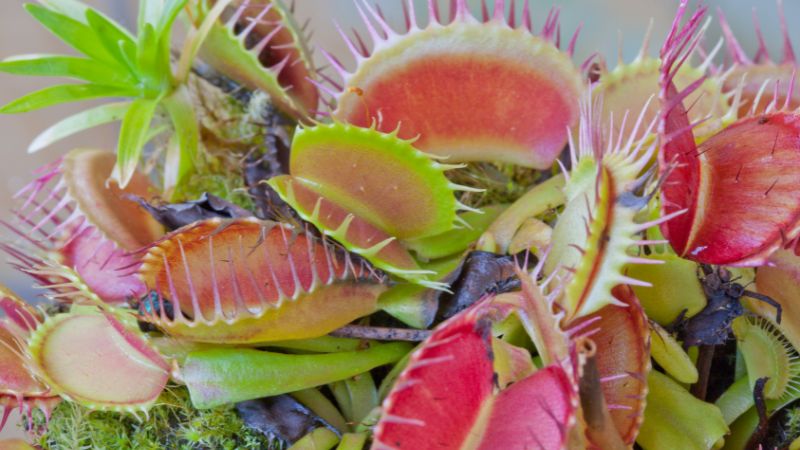 Growing the Flycatcher at Home
Growing the Flycatcher at Home
When cultivating the Flycatcher, opt for a water-retaining pot of any size. Plant it in a mixture of soil and coconut husk for optimal growth. This plant thrives in nutrient-poor, acidic, and peaty soils but struggles in loamy or nutrient-rich soils, as well as those mixed with ash or rice husk.
Caring for the Flycatcher
 Caring for the Flycatcher
Caring for the Flycatcher
Ensure your Flycatcher receives ample water, even flooding its pot occasionally. Place it in an area with moderate sunlight, avoiding harsh direct light. Refrain from fertilizing, as this plant does not respond well to additional nutrients and may even perish if over-fertilized.
Notes on Growing and Caring for the Flycatcher
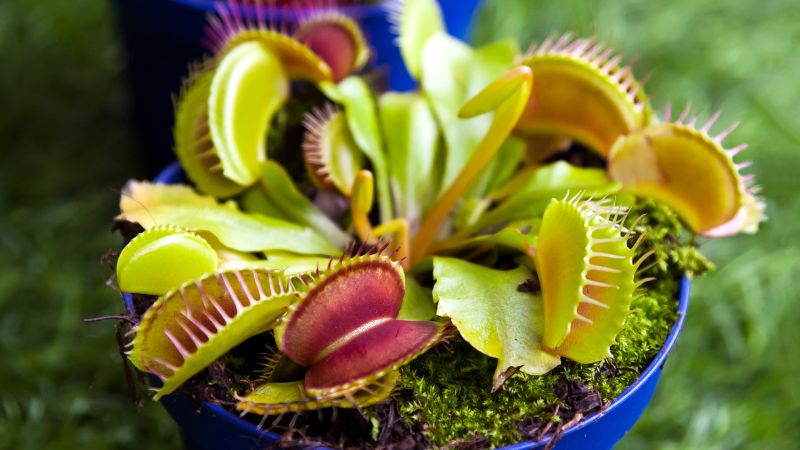 Notes on Growing and Caring for the Flycatcher
Notes on Growing and Caring for the Flycatcher
The Flycatcher is relatively low-maintenance and easy to care for. Moderate sunlight is key; too much direct sunlight will turn the leaves red, while insufficient sunlight will hinder the formation of traps. Regular watering is essential, and remember to avoid fertilizing.
4 10 Beautiful Images of the Flycatcher
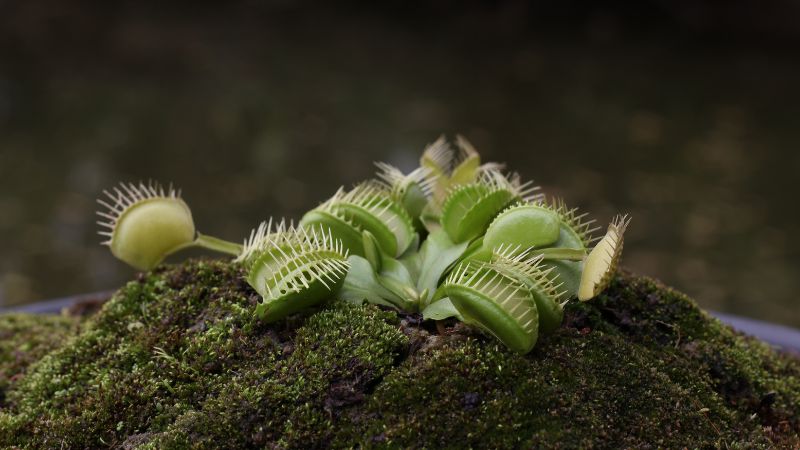 The Flycatcher in its Natural Habitat
The Flycatcher in its Natural Habitat
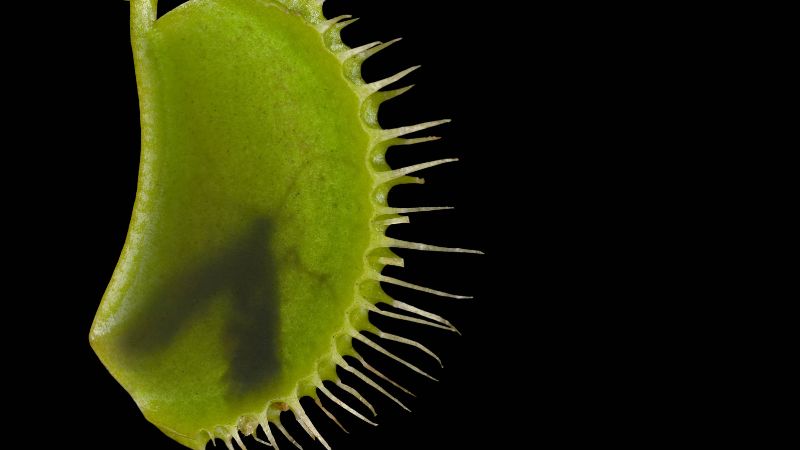 Insects Trapped in the Flycatcher
Insects Trapped in the Flycatcher
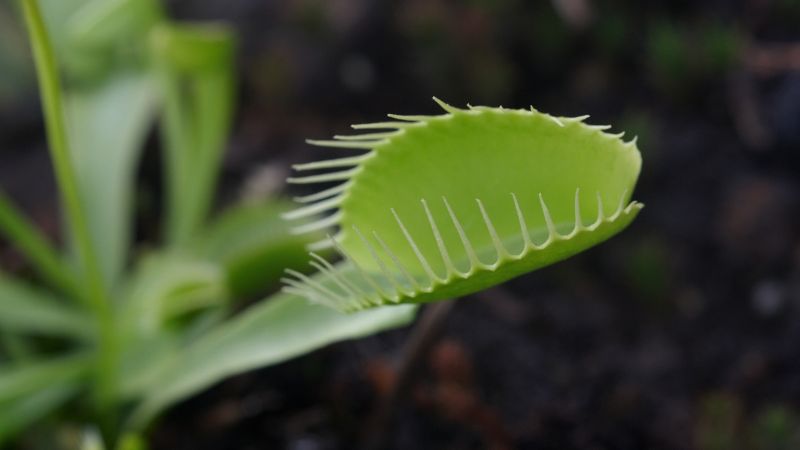 The Vibrant Green Flycatcher
The Vibrant Green Flycatcher
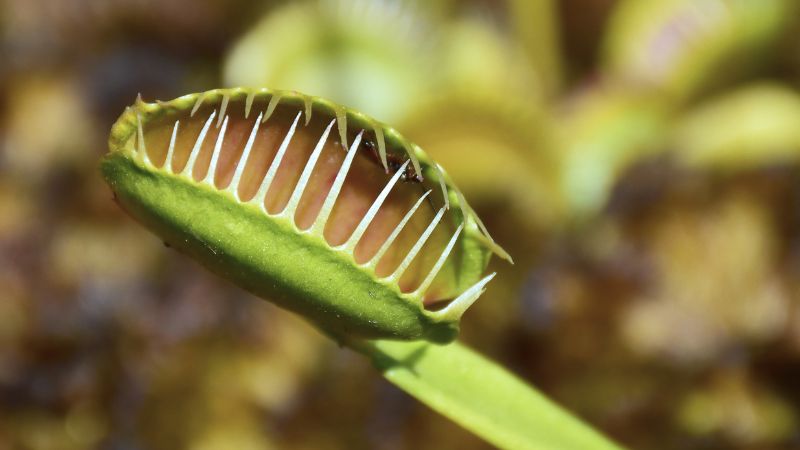 The Flycatcher Soaking up the Sun
The Flycatcher Soaking up the Sun
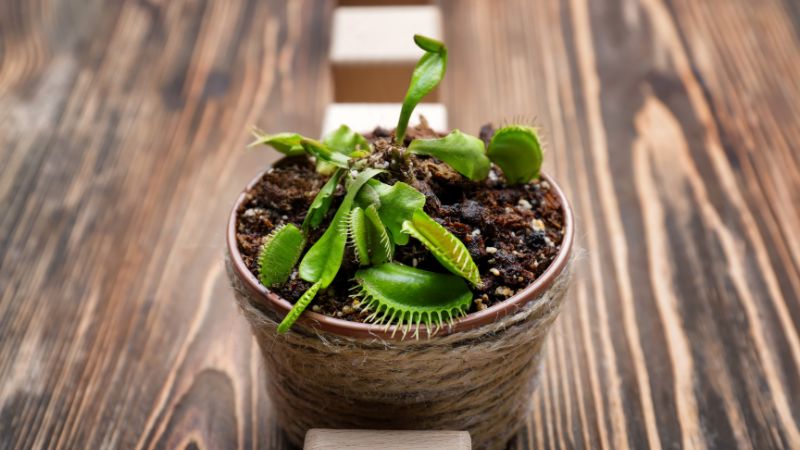 A Young Flycatcher in a Pot
A Young Flycatcher in a Pot
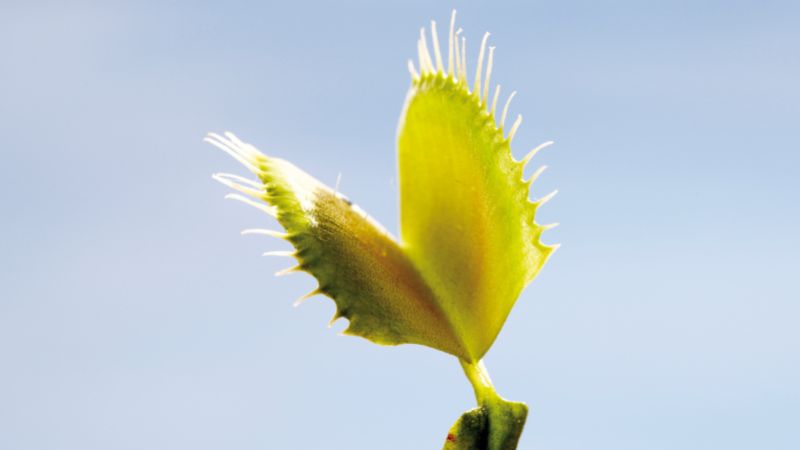 The Flycatcher with its Leaves Spread Out
The Flycatcher with its Leaves Spread Out
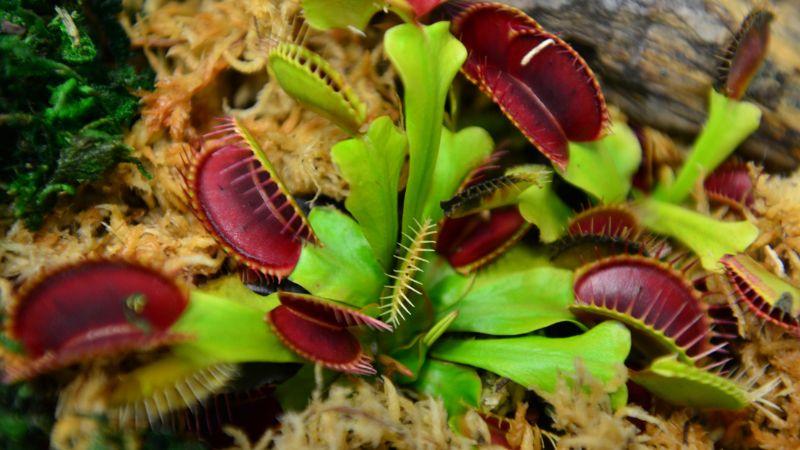 The Flycatcher with Red Leaves
The Flycatcher with Red Leaves
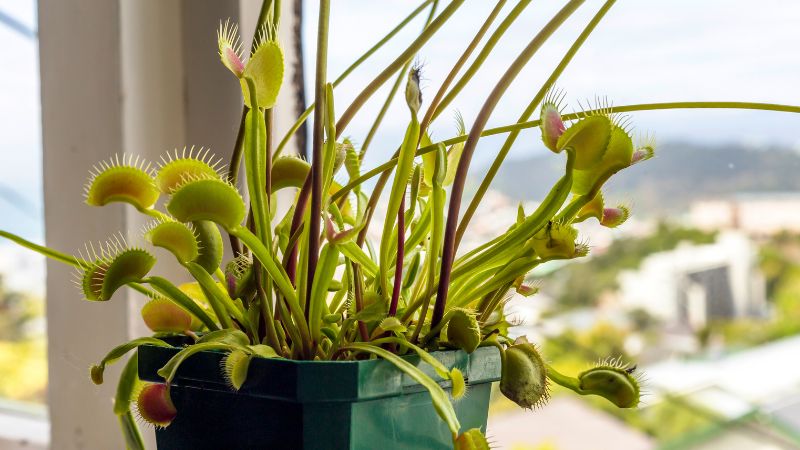 A Lush Flycatcher in a Pot
A Lush Flycatcher in a Pot
 The Delicate Flowers of the Flycatcher
The Delicate Flowers of the Flycatcher
 A Charming Miniature Flycatcher
A Charming Miniature Flycatcher
We hope you enjoyed learning about the fascinating Flycatcher, also known as the Venus Flytrap. Thank you for joining us, and we trust that this article has enriched your knowledge of this unique plant.
The Mighty Mahogany: Unlocking the Secrets of this Majestic Tree.
The Sop (Hopea odorata) is an impressive tree, belonging to the silk-cotton family, which can tower over 10m in height. With a majestic presence, this tree is a sight to behold and has a rich history and cultural significance. Originating from the lush rainforests of Southeast Asia, the Sop tree has deep roots in the region’s culture and traditions. This article delves into the fascinating world of the Sop tree, exploring its origins, symbolism, and classification. We will also showcase 10 breathtaking images that capture the beauty and grandeur of this remarkable tree. Join us on a journey to discover the wonders of the Sop tree and uncover the secrets it holds.













